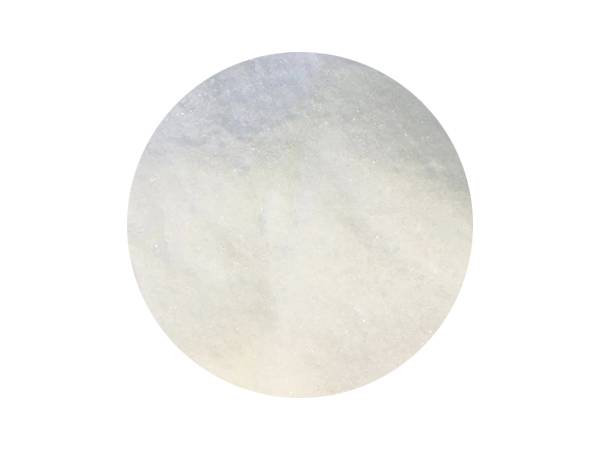



Effective Use of Chlorine Dioxide as a Disinfectant for Various Applications
The Use of Chlorine Dioxide as a Disinfectant
Chlorine dioxide (ClO2) has gained significant attention in recent years as a powerful disinfectant, especially in the contexts of water treatment, surface sanitation, and air purification. This versatile compound is known for its effectiveness against a broad spectrum of pathogens, including bacteria, viruses, and fungi. As public health concerns continue to rise globally, understanding the properties and applications of chlorine dioxide is essential for controlling infections and maintaining sanitary environments.
Chemical Properties and Mechanism of Action
Chlorine dioxide is a yellow-green gas at room temperature, and it can be dissolved in water to form a stable solution. Its unique chemical structure allows it to act as an oxidative agent, effectively disrupting cellular processes in microorganisms. Unlike traditional chlorine, chlorine dioxide does not form harmful by-products such as trihalomethanes, making it a safer alternative for many applications.
The mechanism through which chlorine dioxide acts as a disinfectant involves the oxidation of cellular components. When chlorine dioxide comes into contact with microbial cells, it penetrates the cell membrane and interacts with essential biomolecules, including nucleic acids and proteins. This interaction leads to the disruption of vital cellular functions, ultimately resulting in the death of the microorganism. The broad-spectrum efficacy of chlorine dioxide means it can successfully neutralize pathogens that are resistant to other disinfectants, making it a valuable tool in infection control.
Applications in Water Treatment
One of the most notable applications of chlorine dioxide is in the treatment of drinking water. It is employed to control bacteria and viruses, as well as to minimize the formation of harmful by-products typically associated with chlorination. Water utilities around the world have adopted chlorine dioxide as a primary disinfectant due to its ability to maintain a residual disinfecting effect in water distribution systems. This helps to ensure the safety of drinking water from the source to the tap.
Moreover, chlorine dioxide is effective in removing taste and odor from water, which is often a common complaint among consumers. Its use has been shown to improve the overall quality of drinking water, providing a safer and more palatable product for public consumption.
disinfectant chlorine dioxide

Surface Disinfection and Sanitization
In addition to its applications in water treatment, chlorine dioxide is widely used for surface disinfection in various settings, including healthcare facilities, food processing plants, and industrial environments. The ability of chlorine dioxide to kill pathogens quickly makes it an indispensable tool for infection control, particularly in settings where the risk of contamination is high.
Chlorine dioxide can be utilized in different forms, including fogging and spray systems, allowing for comprehensive surface coverage and penetration into hard-to-reach areas. Its rapid action reduces the time required for disinfecting surfaces, which is crucial in fast-paced environments like hospitals, where every second counts in preventing the spread of infections.
Advantages and Safety Considerations
The advantages of chlorine dioxide as a disinfectant are clear; it is effective against a wide range of pathogens, leaves no harmful by-products, and has demonstrated efficacy even in the presence of organic matter. Furthermore, it operates over a broader pH range than many other disinfectants, enhancing its utility in various applications.
However, safety considerations must also be taken into account. Chlorine dioxide can be hazardous in concentrated forms, and appropriate precautions should be taken to minimize exposure. This includes ensuring adequate ventilation during use and employing personal protective equipment when necessary. It is essential to follow guidelines and regulations regarding chlorine dioxide use to ensure both efficacy and safety.
Conclusion
Chlorine dioxide is a potent disinfectant that offers numerous advantages for water treatment and surface sanitation. Its effectiveness against a wide variety of pathogens, combined with its lower environmental impact compared to traditional chlorine, positions it as a valuable asset in public health and safety. As we continue to navigate the challenges of infectious diseases and strive for improved hygiene practices, chlorine dioxide will undoubtedly play a pivotal role in our efforts to protect health and ensure a cleaner, safer environment for all.
-
Why Sodium Persulfate Is Everywhere NowNewsJul.07,2025
-
Why Polyacrylamide Is in High DemandNewsJul.07,2025
-
Understanding Paint Chemicals and Their ApplicationsNewsJul.07,2025
-
Smart Use Of Mining ChemicalsNewsJul.07,2025
-
Practical Uses of Potassium MonopersulfateNewsJul.07,2025
-
Agrochemicals In Real FarmingNewsJul.07,2025
-
Sodium Chlorite Hot UsesNewsJul.01,2025










